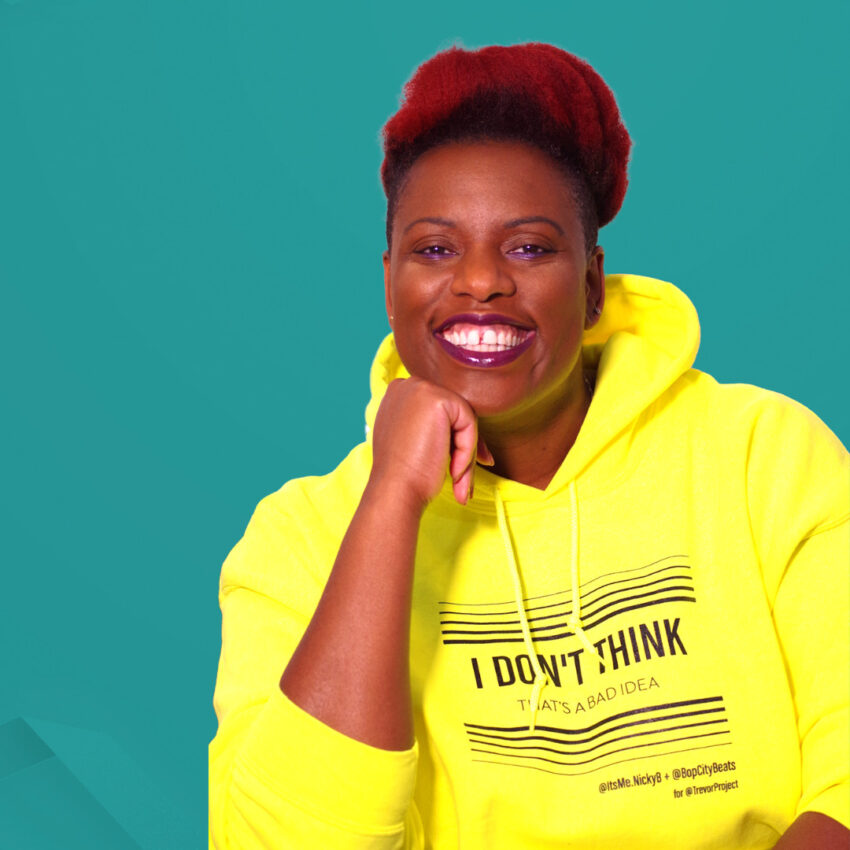Shereen Daniels, Managing Director of HR, rewired, a consultancy that works with organisations to address racial inequity, speaks to DiversityQ ahead of her appearance at the Women in IT UK Summit, 2021, and covers where leaders should begin on executing a racial equality strategy, why representation doesn’t mean inclusion, and the cultural changes affecting the corporate world.
Over the past year, as we witnessed the murder of George Floyd and the Black Lives Matter Movement enter white consciousness, those with privilege can no longer debate whether racism exists. Still, Daniels says that “complicity” and continued silence on the subject will ensure its survival.
The role of leadership in breaking the silence on racism
While racism is, in Daniels’ words, “one of the best man-made systems ever created” because of its insidious ability to endure, in the workplace context, she says leaders can break the culture of silence by coming from a place of authenticity and introspection.
Daniels says the best leaders avoid the “crisis mode” reaction and don’t wait until an incident has happened inside or outside their business to make a statement. She gives an example of what they should say: “I’ve been listening and I’m reconciling this with the way that I thought the world was set up based on my lived experiences. There are so many people who have a completely opposite experience and I never saw that.”
When setting out a strategy, Daniels says leaders should link racial equity to company values and what the business stands for, including how they are going to grow with it. “That’s about a leader saying this matters to me and by extension, it matters to the organisation, and it’s not about expecting perfection tomorrow or even seeing the changes we want in our lifetime, but that doesn’t stop us from starting the journey.”
To communicate this intention she says leaders should use a format where they can be seen, heard, and “own what they’re saying” so the cold detachment of a company-wide email won’t do.
She warns there’s groundwork to do before a strategy is presented which includes deciding “what your version of great look like in this space” and gaining input from the board, Black colleagues, key stakeholders, and external parties like suppliers, customers, and “communities that surround where you are in the markets that you operate”, as well as institutional and private investors.
When appeasing investors who often look for shorter-term returns, Daniels says that advancing racial equity goes “beyond a five-year plan,” so leaders shouldn’t feel pressured to prove they have “fixed racism” within a short cycle. Instead, she says they should keep stakeholders regularly informed about the impact they are having and where they want to go, “they (leaders) have got to be careful that they’re not putting things in place to make them look good when they don’t have an impact on the people most affected by racism and marginalisation.”
Daniels says the racial politics of the last twelve months has also shifted expectations about how corporate entities should react to racial inequity, “I think one of the things that CEOs and executive boards need to start thinking differently about is how social injustice and racism is now an issue of corporate risk. So, the risk now is that if something happens and your employees are talking about it, your customers are talking about it, and the world is talking about it, your silence is read as complicity to the status quo, that’s a risk issue.
On the flip side, if you just put out a social media post or write a staged and formal corporate statement, that is also a risk because it lacks authenticity. So, the way to get around that is scenario planning based on a new vision from the business, what the business cares about, and how they will become part of the solution.”
A caveat to this, Daniels warns, is that firms must ensure they’re not “responding from a place of power and privilege”, which involves “making assumptions about how those individuals who are most impacted think, feel, and what changes they want.”
Representation vs real equity and inclusion
Daniels says leaders, who are more likely to be white and male, can wrongly assume that society has moved on from racial inequality, especially if their business hires ethnic minorities, “you have lots of Black people in frontline operations,” she says, who notes that racial and ethnic diversity ebbs away in relation to seniority where “they may ascend to manager roles” but are notably absent from heads of department, company director, and board member positions.
The misguided idea that ‘we’ve solved racism’, she agrees, is down to the conflation of diversity with inclusion where people think hiring more Black and other minority ethnic groups means equity when really it’s only tokenistic if they’re not given a chance to progress and exert influence in an organisation.
“In an organisation’s mind, they say they’ve spent a fortune on diversity and inclusion, so how has this not helped? My answer is that under all the diversity and inclusion things you’ve done, how many of your initiatives specifically address the root causes of inequities related to race and racism? They can talk to me about sponsorship and mentorship programmes, but they don’t have an understanding of racism. So, if you don’t understand racism, how do you know these solutions will solve the problem? The answer is they haven’t. So people say we’ve got an issue with diversity, and I’m like, no, you’ve got an issue with racism, because we are all diverse, it isn’t just non-white people who are diverse people.”
One of Daniels’ mission statements is “championing the need to focus on transformative change which removes structural barriers, not transactional change which ‘fixes’ people to overcome them,” which she says is rooted in the challenges of inclusion, namely “why things work so well for the majority (white people) and not so much for anybody else.”
The failure of inclusion is seen in the overrepresentation of white, particularly male talent at the top of organisations over women and ethnic minorities, who are more likely to face career progression issues. For leaders who fit into the overrepresented category and are still unsure how to start on racial equity, Daniels suggests they ask themselves a simple yet impactful question: Why is it easier for people who look like them to become senior leaders?
“You’ve got to ask that question rather than trying to be an expert in somebody else’s experience,” she adds. “We tend to default on transactional change, so we’ve just made people great at jumping over hurdles, but we’ve never taken them down.” For Daniels, if leaders don’t tackle “structural barriers” that hinder racial equality, just like hiring minorities to ‘look good’, they’ll only be compensating underrepresented groups instead of achieving real equality and belonging.
“The ultimate question for leadership is how much do you actually want to tackle the root cause of the problem? Or do you just want to look like you’re making changes?”
To hear more from Shereen, register for this year’s Women in IT UK Summit here. The Women in IT Awards will follow on June 24th. To view the shortlist, please click here.









